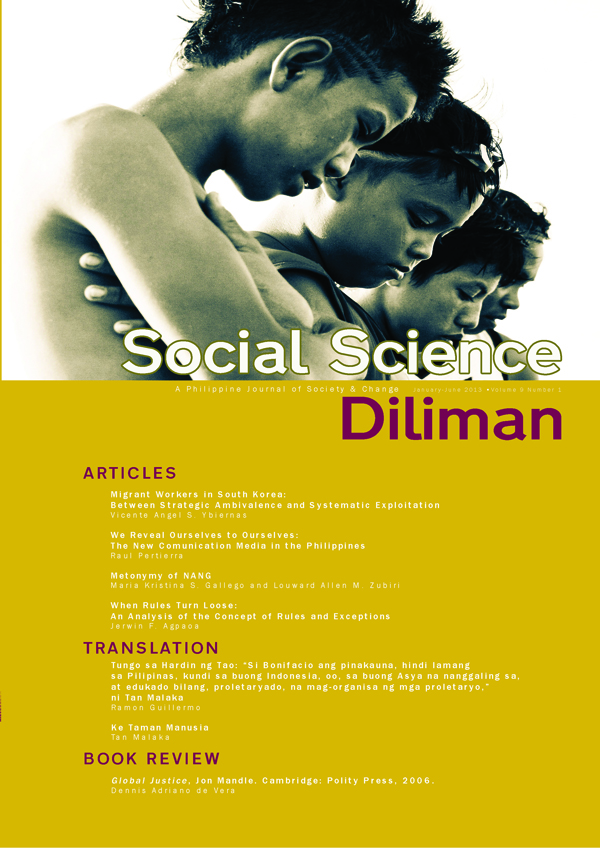Migrant Workers in South Korea: Between Strategic Ambivalence and Systematic Exploitation
Abstract
Prior to the 1980s, the South Korean workplace was not reliant on migrant workers. However, roughly just before the Seoul Olympics of 1988 were held, there was a noticeable increase in the number of foreign workers in South Korea. From the 1980s onwards, the South Korean government and its exportdependent industries struggled with the rising cost of living in the country and the attendant rise in the wages of Korean workers, creating a need for migrant workers. This essay tackles the challenges faced by South Korea vis-à-vis its growing migrant worker population. Specifically, South Korea had to balance the need of its export-oriented industries to keep labor costs low by maintaining the wages (and other benefits) of migrant workers minimal and the pressures, both internally and externally, to limit exploitation of, and improve the working conditions for, these laborers.
Keywords: Migrant workers, dirty, difficult and dangerous (3-D) jobs, labor shortage, trainees


